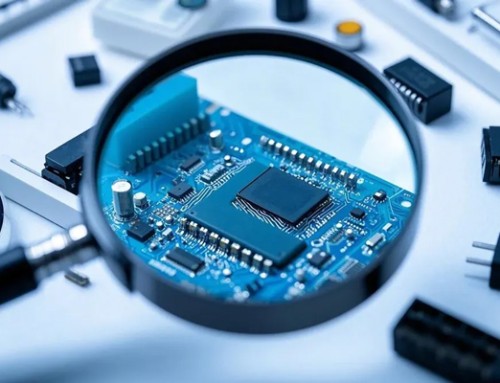With the increasing demand for high-speed, performance-driven, yet miniature devices, manufacturing and assembling printed circuit board (PCBs) have gained immense traction. This is because PCBs drive the functioning of all electrical and electromechanical devices. Hence, PCB design should be flawless and precise for the further execution of processes, including component mounting, vias, circuits, and more. Vias play a crucial role in PCB design, especially in multilayer boards. Vias guarantee ease of routing and enable the circuit boards to be made as per the design. However, they are more than just interfaces for physical and electrical routing. PCB vias should be designed with exact dimensions to comply with industry manufacturability and assembly standards. Today, blind and buried vias are widely incorporated into PCB designs to improve functionality and signal performance and reduce overall board size. Are you intrigued to know more about these vias and the design considerations for incorporating blind and buried vias in PCBs? If yes, this post is for you.
What Are PCB Vias and Their Types?
Vertical interconnect access or vias are plated through-holes in a circuit board. They provide the physical and electrical connections between components on a PCB. Depending on the application requirements, vias can be drilled mechanically or by laser. PCB vias are a crucial part of multilayer PCBs that are complex to design. Today, different vias are used – blind and buried are popular among them.
-Blind Vias: They are mechanically drilled from top or bottom, meaning they can connect the outer layer of a PCB to an inner layer. The opposite side of the hole is invisible once done with the lamination.
-Buried Vias: This type of PCB vias is located in the inner region of the circuit board. It means there are zero paths for the outer layers.
Design Guidelines for Blind and Buried Vias
Both, blind and buried vias have their specific design rules. The following section describes the same in detail.
-Define Via Specifications Early in Design Process: Defining via specifications early in the design process can help avoid errors such as rigid design patterns later on. Key specifications include via diameter, depth, and aspect ratio. The aspect ratio is the ratio of the depth of the via to its diameter. For blind and buried vias, the aspect ratio should be between 0.8 and 1.0.
-Place Vias on a Grid: Placing vias on a grid helps ensure that the vias are spaced evenly and avoids vias being too close to each other. The grid spacing should be chosen based on the pitch of the components used on the board.
-Consider Minimum Annular Ring: The annular ring is the copper pad around the via that provides the electrical connection. For blind and buried vias, the minimum annular ring should be 0.1 mm.
-Avoid Placing Vias Too Close to Each Other: Placing vias too close to each other can lead to electrical interference and signal noise. The minimum distance between blind and buried vias should be at least 0.2 mm.
-Avoid Vias Near the Board Edge: Placing vias near the edge of the board can cause manufacturing problems during the drilling process. Vias should be placed at least 1 mm away from the board edge.
-Follow Fabrication Guidelines: Blind and buried vias require additional processing steps during PCB fabrication. It is important to follow fabrication guidelines provided by the manufacturer to ensure the successful fabrication of the PCB.
-Test Prototype PCBs: Testing prototype PCBs can help identify design or fabrication problems early in the process. It is recommended to test a few prototype PCBs before committing to a full production run.
By now, you may have got some clarity regarding incorporating blind and buried vias in PCBs. The aforementioned vias design rules increase the circuit board density and cut the production cost. These design-related advancements enables PCB manufacturing processes to be flawless, especially in case of high-density designs. However, the requirement should be done appropriately to get the desired outcome. Would you like to work on electronics projects that involve complex PCB designs? If the answer is yes, then these guidelines might help.



